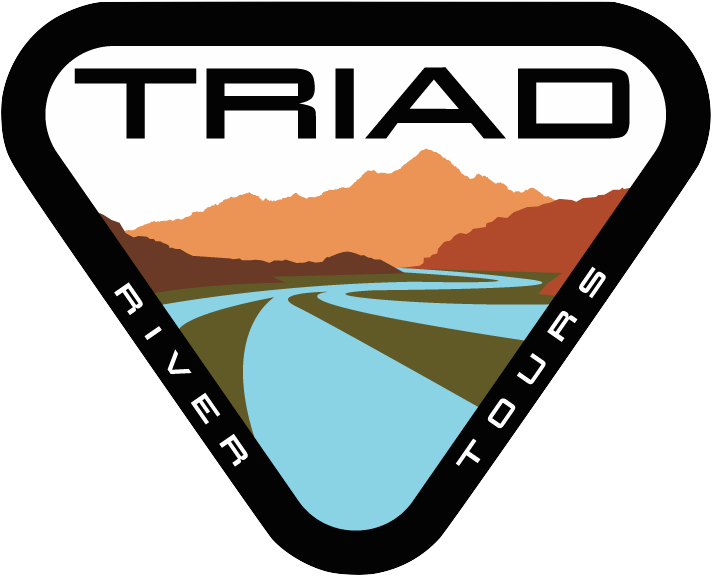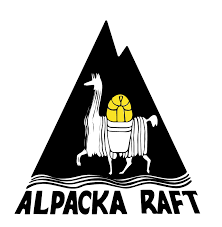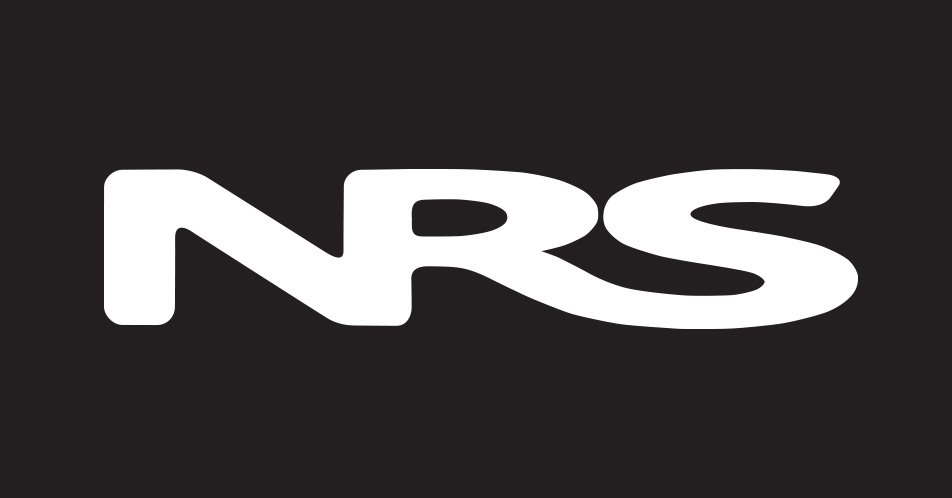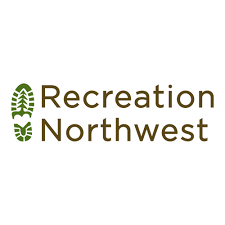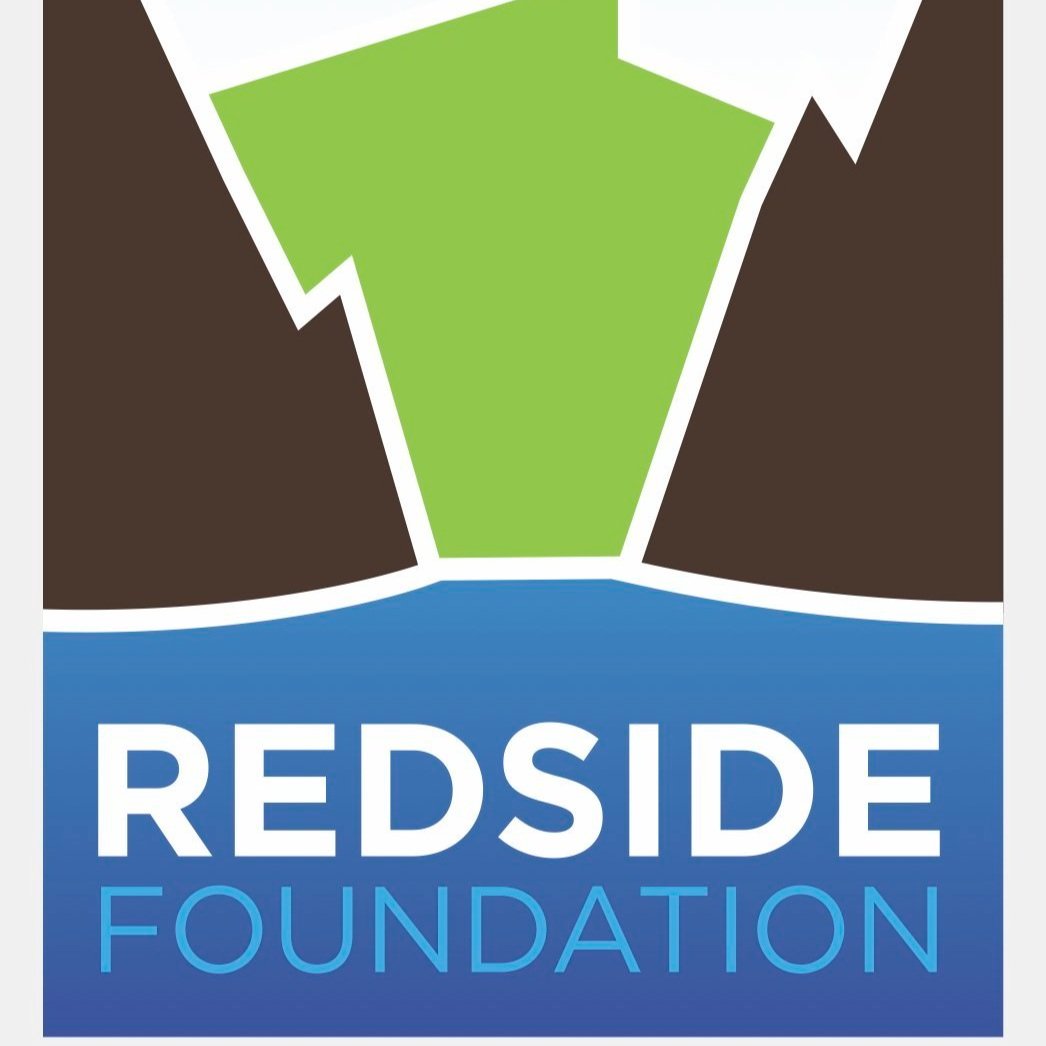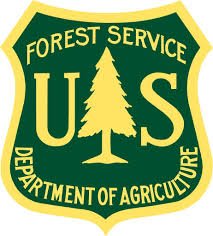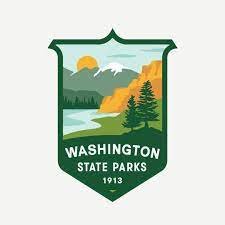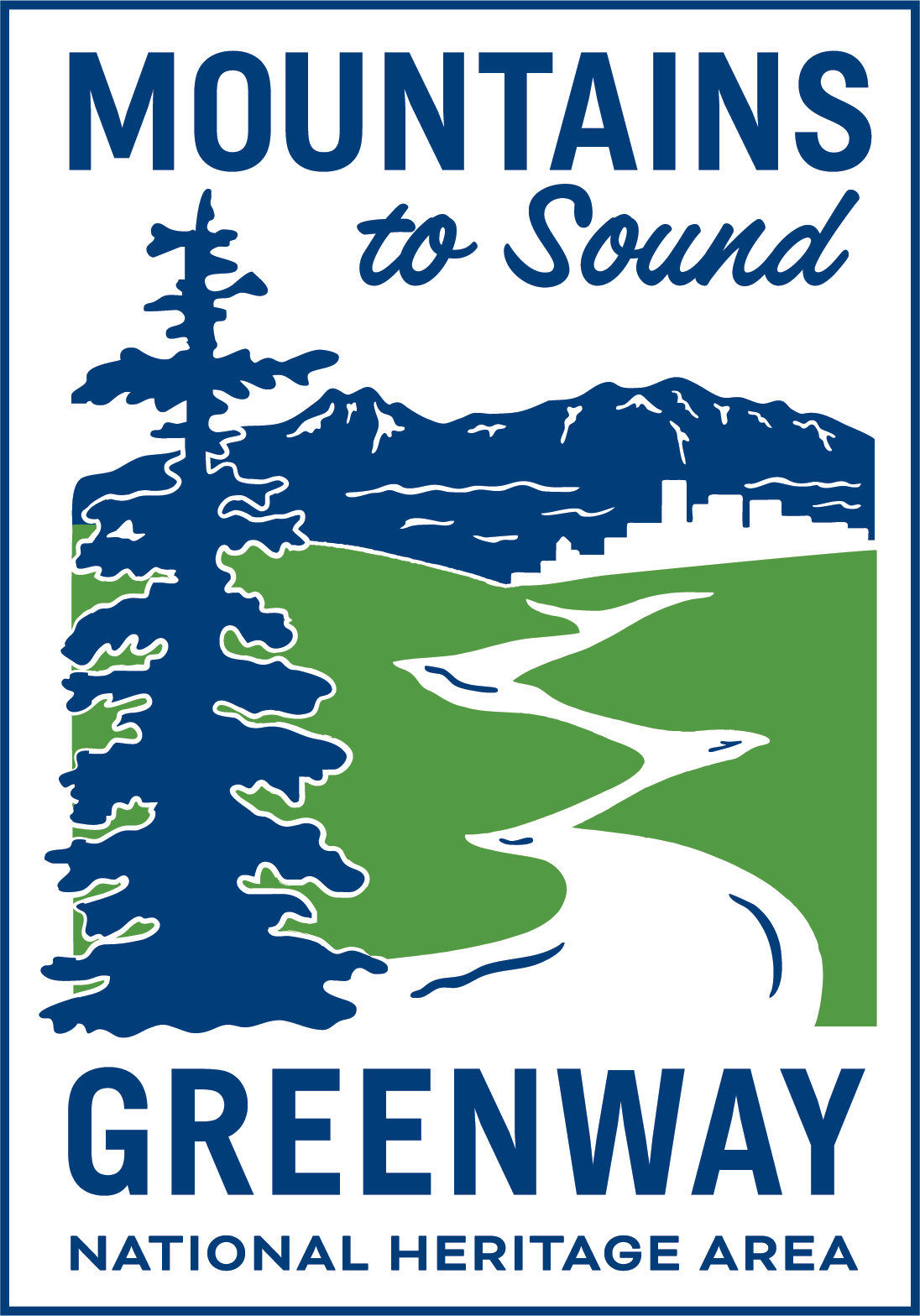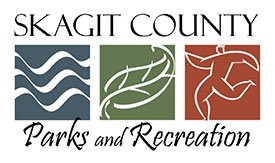The Salish Sea is a beloved feature of the Northern Cascades. Its northern-most location is the Johnstone Strait in British Columbia, branching south and ending at Cape Flattery in Washington. The sea is the foundation of life on the surrounding land. Home to over 8 million people, life has congregated around the body of water, and big cities like Seattle, WA; and Vancouver, BC border the Salish Sea.
The size and importance of the Salish Sea is why I was surprised to learn that it didn’t get named until recently. I assumed most geographic locations in the US had been named long before I was born, but the Salish Sea was only officially named in 2009. Naming the Salish Sea was important in order to cultivate an attachment to the sea and creating empathy for its ecosystems.
The first time I truly experienced the Salish Sea, I was in high school on a trip in the Hood Canal hoping to be certified as a scuba diver. I had been taking a three-month long course, and the trip was going to secure my certification. It was also March, and the water temperature was just starting to recover from the chill of the winter months. Even wearing a full body wetsuit with a hood and booties wasn’t enough to stave away the intensity of the sea. The beauty of the waters wasn’t dampened by the chill, though. I felt calm being immersed in the water despite the intensity of the currents. I was in proximity to aquatic life I’d only seen in movies before, close enough to see them breath, move and live. The Salish Sea became real to me then.
If you don’t know much about the Salish Sea, the total surface area is 6,950 square miles in total which would be the equivalent of filling up about six Grand Canyons with its water. Seven major rivers, including the Fraser, Nooksack, Nisqually, Puyallup, Squamish, Skagit, and Snohomish rivers feed into the Salish Sea. The sea consists of the Puget Sound, the Strait of Juan de Fuca, and the Strait of Georgia, but referring to the body of water as a whole isn’t intended to replace the three’s individual local identities. Rather it provides one label that unifies the connected ecosystems despite their local distinctions.
Marine biologist, Bert Webber, proposed the name Salish Sea in 1988, but it was rejected in 1989. He wanted to express the connectedness of the bodies of water that made up the Salish Sea since they were so individualized. Webber found the value in naming the sea to cultivate a sense of attachment to the water in order to raise concern for the pollution affecting the water as well. A name has the ability to affect one’s relationship with conserving the local environment.
Other names that were proposed were the Western Sea in the 1950s, the Georgia Basin-Puget Sound, and the Gulf of Georgia by Captain Vancouver in 1873. The Ish Sea was also suggested as a name to honor the Indigenous people of the land. Duwamish, Stillaguamish, Samish, and all of the tribes of the area are connected by the “ish” at the end of their tribe’s names.
The Salish Sea ended up sticking as the name because it was popularly used by locals. Surprisingly, the naming of small-scale bodies of water is a grassroots process. Local language usage usually decides the official name and the Salish Sea was plentiful on local’s tongues. A significant detail about the naming process, as well, was that local Indigenous people supported adopting the name the Salish Sea. In addition to this, Salish Sea has alliteration that rolls of the tongue naturally that probably didn’t hurt.
The word Salish is an homage to the Indigenous and First Nation people who lived on and used its waters first. Even though it’s a payment of respect, the name is not a traditional Indigenous word, but instead a European word. It refers to the First Nation and Indigenous People living in the upper Pacific Northwest who share a language group. By using a word that wasn’t affiliated with one specific tribe, all tribes in the language group were included in the term.
It was during the initial moments of scuba diving when I was getting my certification that I first felt a deep appreciation for the Salish Sea. By swimming in its waters, I developed an attachment to the waters. I hope other Pacific Northwesterners will find inspiration in the animate existence of the Salish Sea as I did when I was diving in the Hood Canal. For now, being able to find importance in the Salish Sea through a name is a good place to start.
https://www.eopugetsound.org/articles/list-salish-sea-fish-grows-253-species
